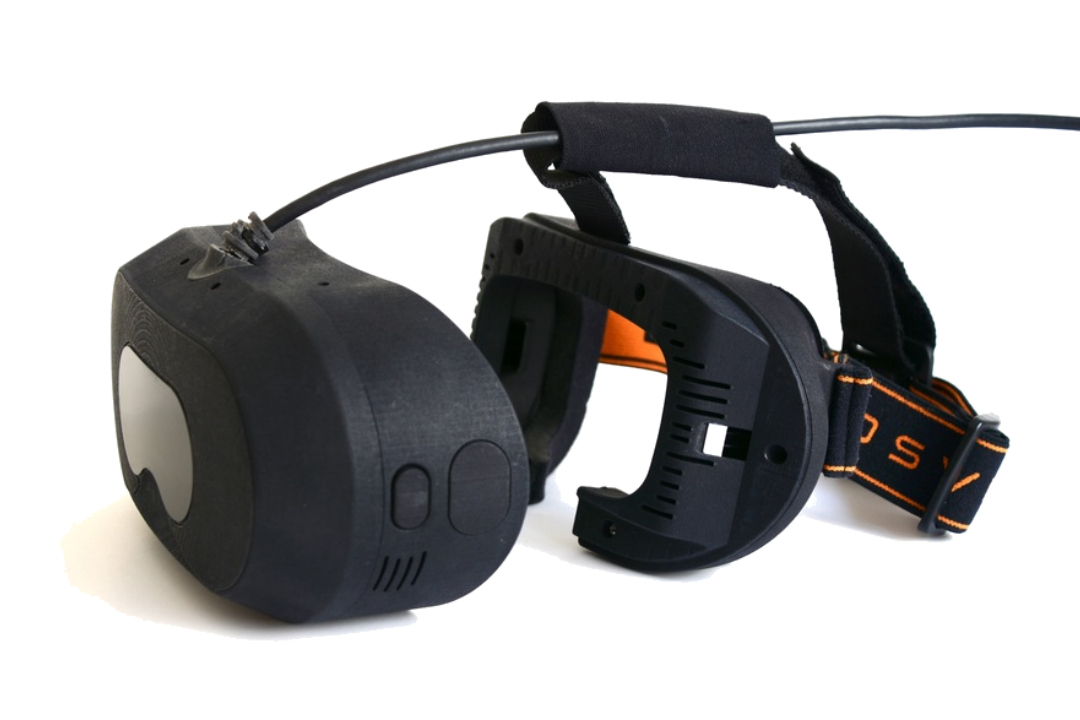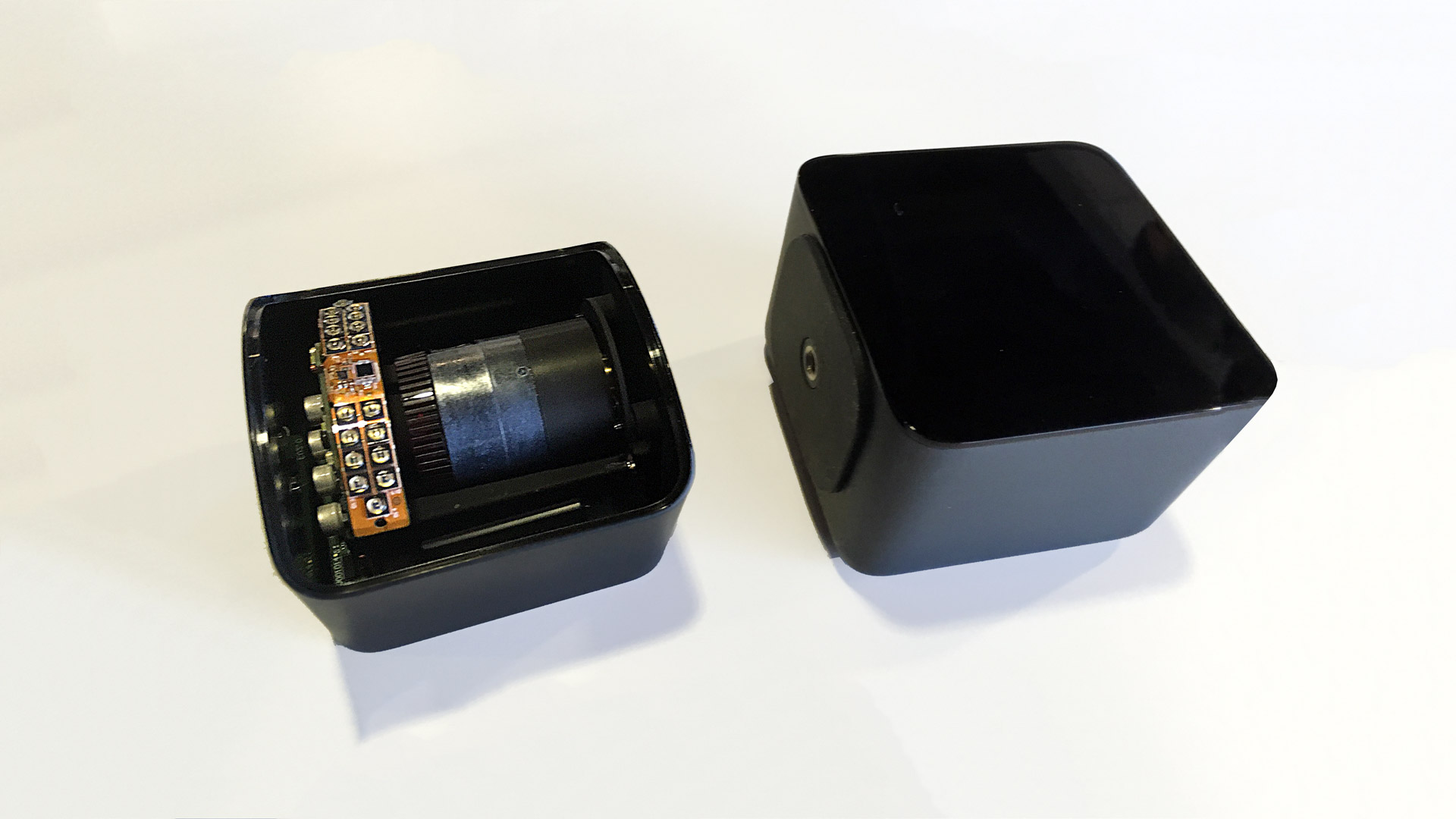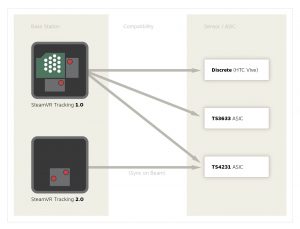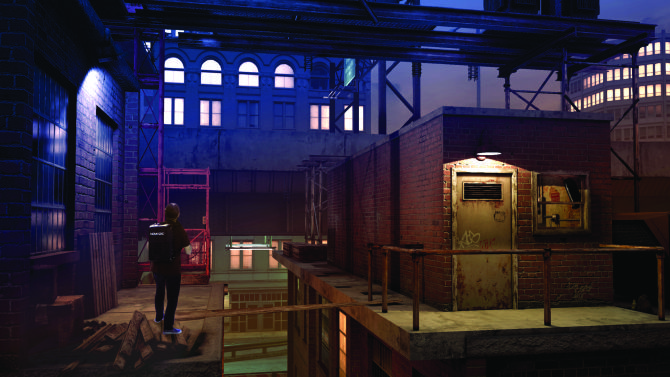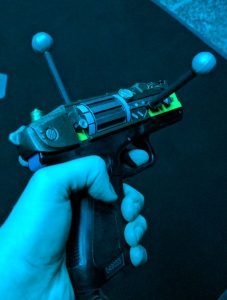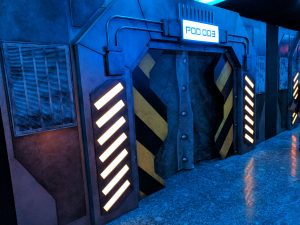Sensics, a long time manufacturer of high end Head Mounted Display devices, has recently released its new professional grade HMD geared towards VRArcades and amusement parks.

This new headset has two versions: $2160.00 and $2590.00. Sanitation and Resolution are it’s big selling points. Hygienically, the new units include a machine-washable, hypoallergenic face mask that physically separates from the display. This detached face mask has two advantages. First it is easily set aside and sanitized for later use apart from the disply, expensive part of the HMD. Secondly, participants can strap in and adjust the headset for optimal fit before clipping into the display. Both of these contribute to greater customer throughput. No longer does the attraction need to stop between sessions so the new users can exchange sets with the old. The new users prep themselves before the start of the experience, receive the display portion from the prior users then immediately start the experience with minimum downtime. Experience operators then sanitize the used face masks and help the next participants prepare for their own experiences.
The resolution of the more expensive unit is 1440×1600@90 Hz LCD which is 70{76c5cb8798b4dc9652375d1c19c86d53c1d1411f4e030dd406aa284e63c21817} larger than the Vive/Oculus display at 1080X1200. Whether the rendering engine can handle that much more throughput is an entirely different issue and will need be explored. The cheaper unit resolution is 2160X1200@90Hz OLED. Here are some of the image comparisons:

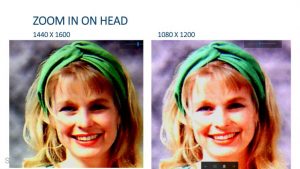
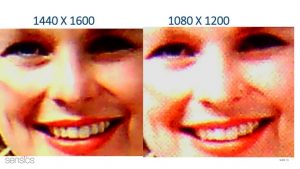

Currently the headsets will be equipped with integrated 9-axis orientation trackers which is very similar to what you currently have in your cell phone. For room scale and larger experiences, this headset lends itself naturally to an OptiTrack or Vicon tracking solution. Regretfully, this does not sound immediately compatible with Steam VR tracking. However, a third party could very well create an attached controller which could track the headset as an added component to an existing Vive setup.
While this system sounds very interesting, at this moment in time the cost for these units is very expensive and prohibitive. Past the R&D and prototyping stages this tool would be very useful for commercial usage.
